Some visual help to accompany a more thorough explanation.
writing an article de cristina.cabal
Some visual help to accompany a more thorough explanation.
writing an article de cristina.cabal
My favourite way to start a lesson is by involving all my students in an activity that helps them revise previous content.
I usually like to engage my students in a fun activity, most of the time teacher-guided, and that will require their attention and active participation. It can be quite challenging, though, because my classes start at 3 pm, right after lunch, and most of them are feeling pretty full and sluggish. (Side note: I live in Spain.)
For this activity, we will complete a crossword using clues related to work vocabulary, but this game can be easily tailored to any vocabulary or level of difficulty. So, if you are looking for a fun and engaging way to test your students’ vocabulary and teamwork skills, you’ll love this game.
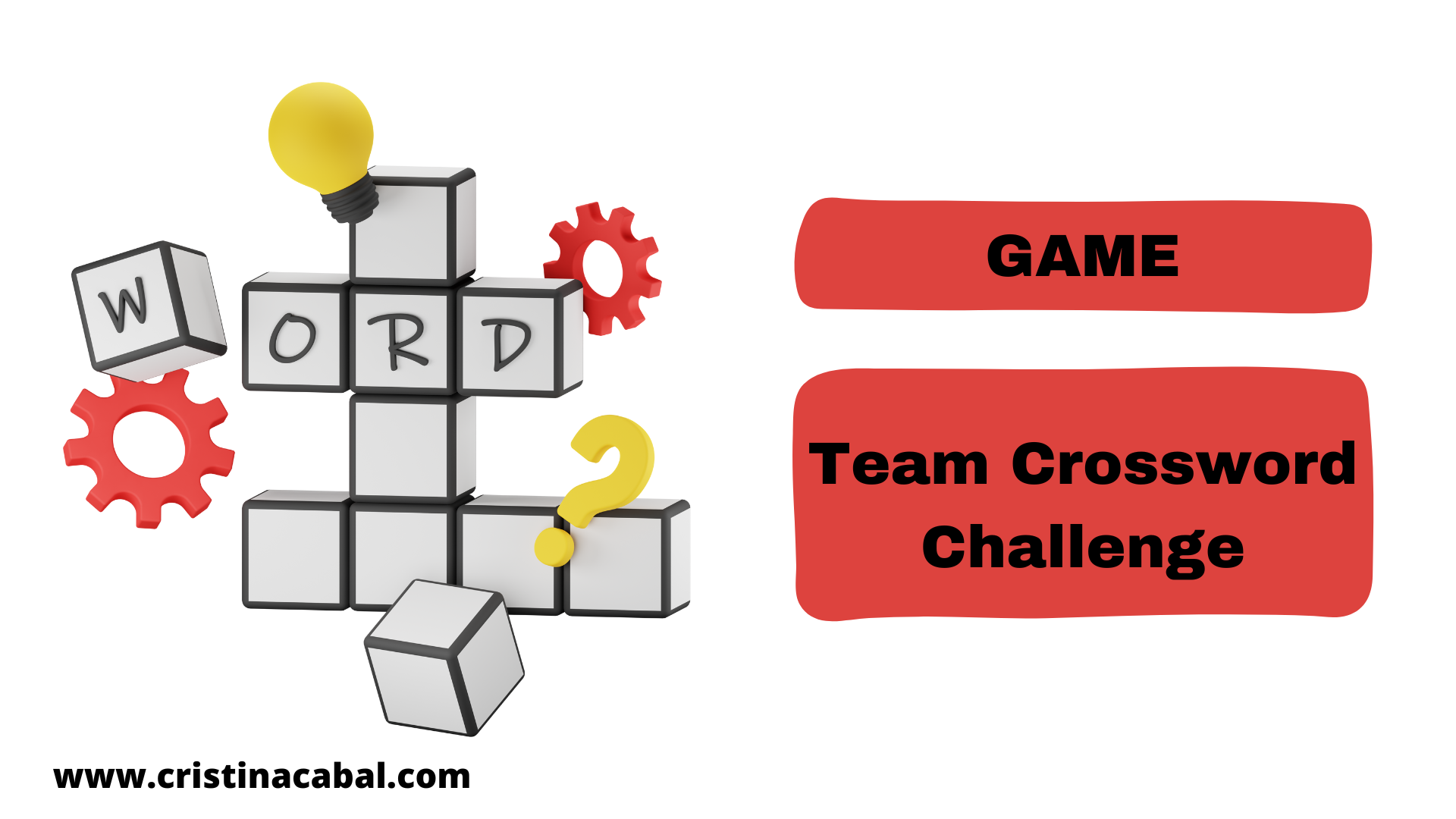
As expected, being a technology enthusiast, I have used a digital tool to design a crossword that is completely adapted to the vocabulary I have taught my students.
How to play
The rules of the game are:
Note:Click on the red arrows in the top right corner to enlarge the crossword.
Tool used: Learningapps
There has been a lot of talk recently about the benefits and drawbacks of using ChatGPT in the classroom. To be honest, from the teachers’ perspective and in my opinion, the benefits far outweigh the drawbacks. In fact, I can only see advantages. It is true that it is not going to help you engage your students; after all, it is only text, but what is undeniable is the fact that it is a great time saver for teachers. For me, ChatGPT is like Aladdin’s Genie of the Lamp, but granting unlimited wishes. You just wish for something, ask it nicely, and there it is. Ready to be used. You may not always be satisfied with what he initially offers you, but no worries, just ask again and be more specific about what you want.

In this lesson about animals, and in all the activities below, I have used ChatGPT. As I said, a real time-saver. You just need to add your teacher’s magic!
Activity 1: Introducing Animals. Playing with ChatGPT.
Fun activity. I asked students to pair up and asked them to come up with a list of 10 farm
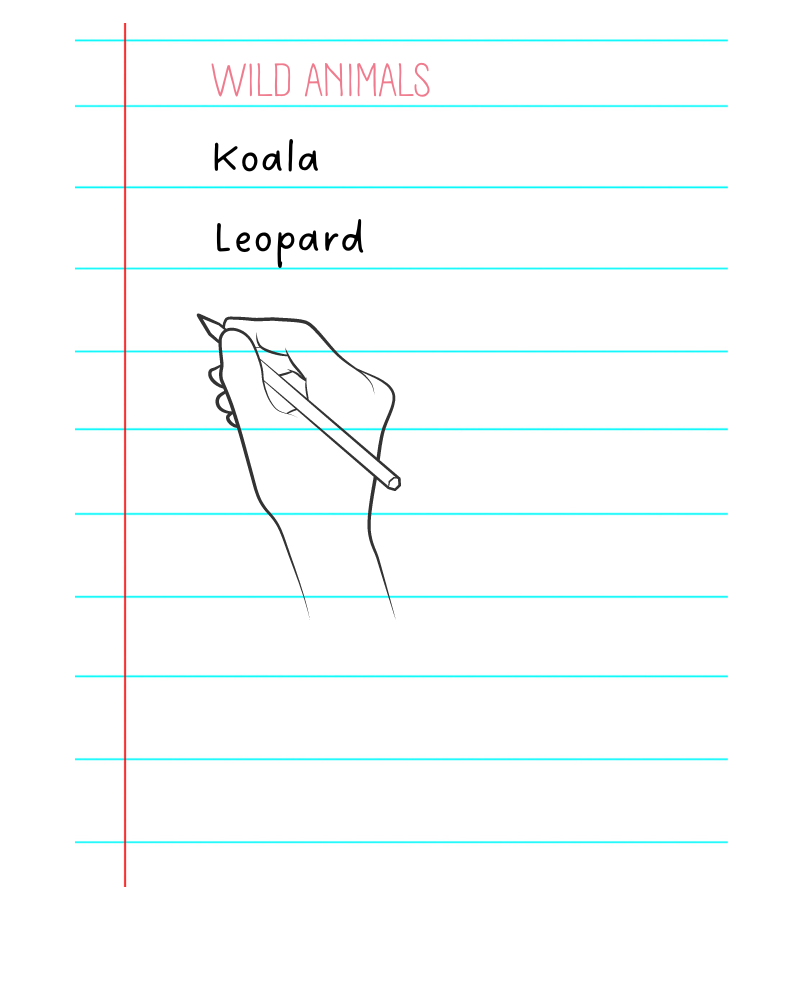
animals. To make things exciting, I set a timer for one minute only! Once the minute was up, I had them swap their lists with another pair.
And then, I brought in ChatGPT to join the fun and asked it to generate a similar list of farm animals. The students got a point for every animal they had that was also on ChatGPT’s list!
We wrote any new vocabulary on the board and repeated the same activity, but this time with wild animals.
Prompts in ChatGPT:
Activity 2. Guessing the animal.
I decided to play a fun guessing game with the help of ChatGPT. I picked an animal and then asked ChatGPT to give me three clues about the animal, starting with the most difficult clue and ending with the easiest clue. I asked ChatGPT not to use the name of the animal in the clues.
Prompt: Can you provide me with three clues that describe a rhinoceros, in descending order of difficulty, for someone to guess the animal without mentioning the word ‘rhinoceros’?”
I asked students to play in groups of 4, name a spokesperson, and gave each group a hotel bell.I then explained that I was going to read a series of clues for an animal, starting with the most difficult one (worth 3 points). After I read each clue, the groups had a brief moment to confer amongst themselves. If they thought they knew the answer, their spokesperson could press the bell. During the activity, I made sure to emphasize that only the first team to press the bell was allowed to give an answer for each clue. This added an element of competitiveness and encouraged the students to be quick on their feet. If they guessed correctly, they scored 3 points for their team. However, if their guess was incorrect, they would not be allowed to press their bell for the next clue (worth 2 points), even if they knew the answer. The last clue, which was the easiest one, was worth only 1 point. It was a really fun way to challenge the students’ knowledge and teamwork skills!
Note: you might not agree with the level of difficulty ChatGPT gives for each clue. Feel free to change the order. For example: For the word rhinoceros, this is the order provided by the chatbot. I read it in a different order.

Activity 3. Speaking : ChatGPT questions in a Speed chatting Activity
I asked ChatGPT to provide me with 10 thought-provoking questions about animals. I then asked my students to discuss these questions with a different partner each time I posed a new one (speedchatting style)
Prompt: provide me with 10 thought-provoking questions about animals.
These are the questions ChatGPT provided. I used only 5 of them.
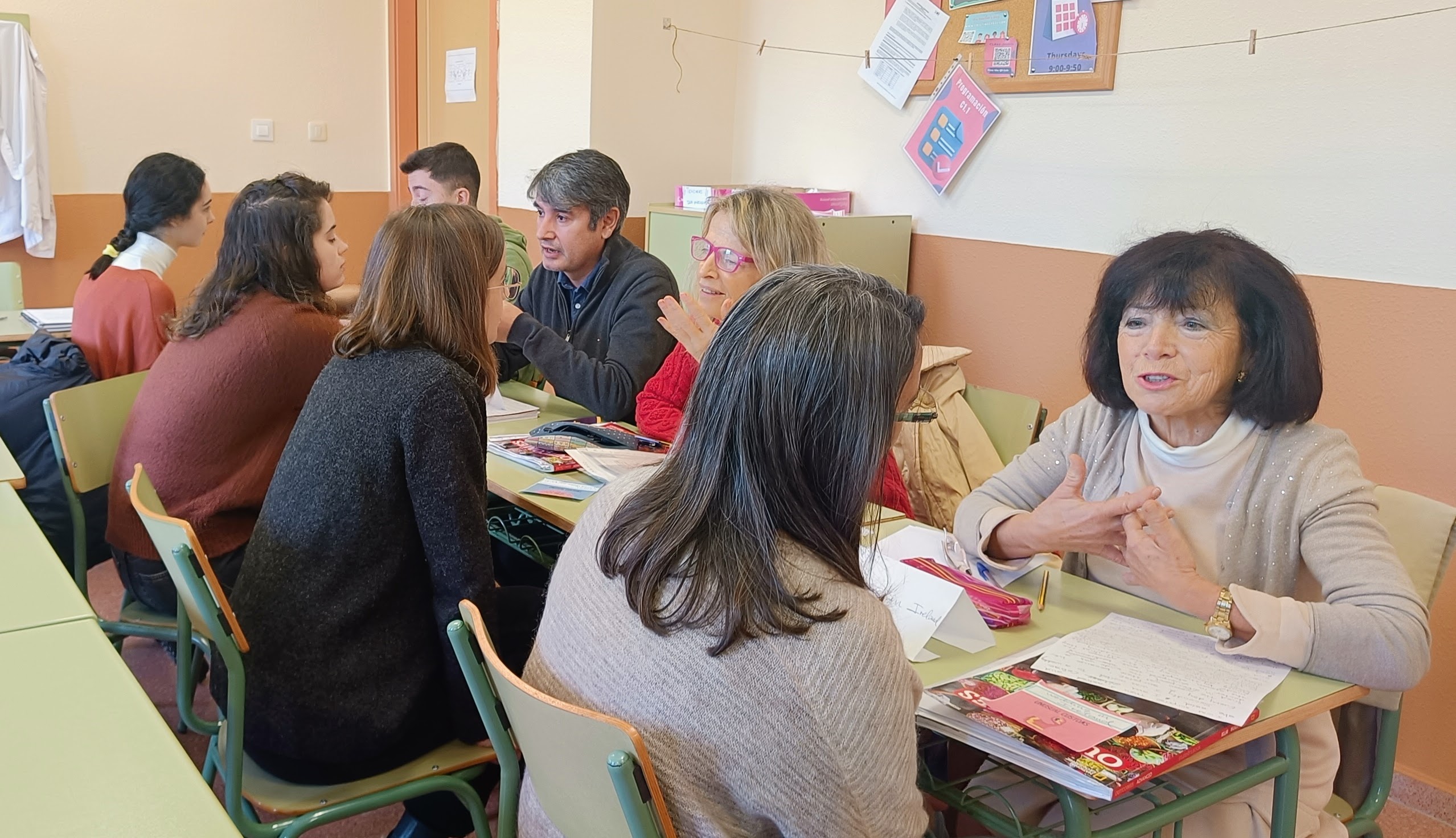
Activity 4. Interlinguistics Mediation Task.
Yes. Yay! It can also help you here. In my region, in mediation tasks, the input is in Spanish and students use English to do the activity, in most cases either summarizing or explaining the main points in the text. Given that ChatGPT works in Spanish too, why not give it a go?
Yes. Yay! It can also help you here! So, in my neck of the woods, when students do mediation tasks, they typically get input in Spanish but have to complete the activity in English. Usually, this involves either summarizing or explaining the main points in the text. Given that ChatGPT works in Spanish too, why not give it a go?
First, I asked ChatGPT to generate the text in Spanish, printed it and ten, gave the task to my students. Then, and again using ChatGPT, I modelled the activity. These are the prompts I have used.
Prompt:Write a text in Spanish of about 200 words about why animals should and should not be used in circuses. Use four paragraphs. In the first paragraph, write an introduction, in the second paragraph write reasons for, in the third paragraph reasons against and in the 4 th paragraph write a conclusion.
Prompt: Summarize the following text in English in about 100 words in an organized way. (copy and paste the text generated from the previous task)
All this would have normally taken me a long time to write, and this is where ChatGPT can really help you save time. And time is gold, isn’t it? But remember, ChatGPT does not teach, it is your own magic that engages students.
It is not very often that I feel depleted of energy. I try to prepare my classes in such a way that they do not only engage students, but also me. I really need this spark in my lessons to keep me motivated. But some Mondays ago, I was just not feeling it and the way the lesson was laid out in the textbook was not helping either. It was mind-numbingly boring, and I was so tired that I could think of nothing to engage me or my students. But thankfully, my colleagues Paula and Alba were there to save the day, and they rushed to help with some ideas. Want to know what came out?

First Step. Always. Revision.
We were working with these useful phrases to use in arguments. So, first and foremost, revision. This is key.
These are some of the sentences we studied:
Using “point”
Some other useful phrases:
Second step:Paper
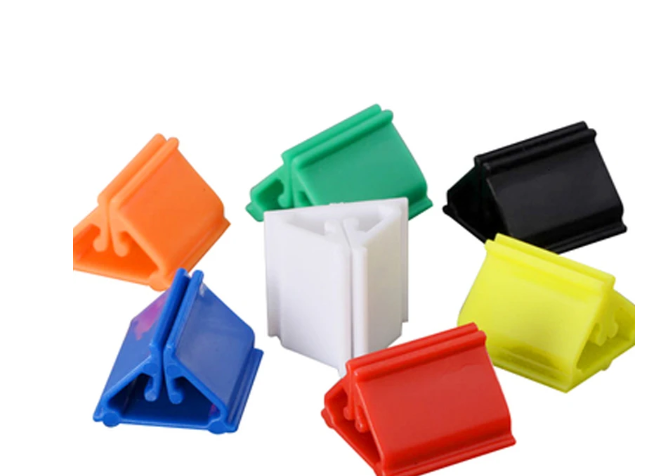
Ever since experimenting this engaging strategy for boosting speaking skills and collaborative thinking at the XII Congreso Oficial de Escuelas de Idiomas held in Santiago de Compostela, I was determined to incorporate this learning/teaching approach into my classes. Even knowing that the probabilities of offering a coffee in a school environment to create the right atmosphere were scarce, I was determined to explore this strategy with my students. I am so glad I did it. It was a hit!

But what is the World Café?
The World Café is a way of facilitating group conversation. It is a powerful speaking strategy that encourages everyone to work together, share their ideas and perspectives, ask questions, and collectively come up with new insights and this, in a relaxed environment that helps students get to know each other and build community. The conversations evolve through several rounds, in which you begin a conversation by asking a question. After talking about it for about 20 minutes or so, people rotate to new rounds of conversation, talking to different people.
In summary, the reason I decided to implement this strategy was…
How do I set up a World Café in my class, and how can I make it fit into my lessons?
The World Café is very easy to set up. To make it work, you just need:
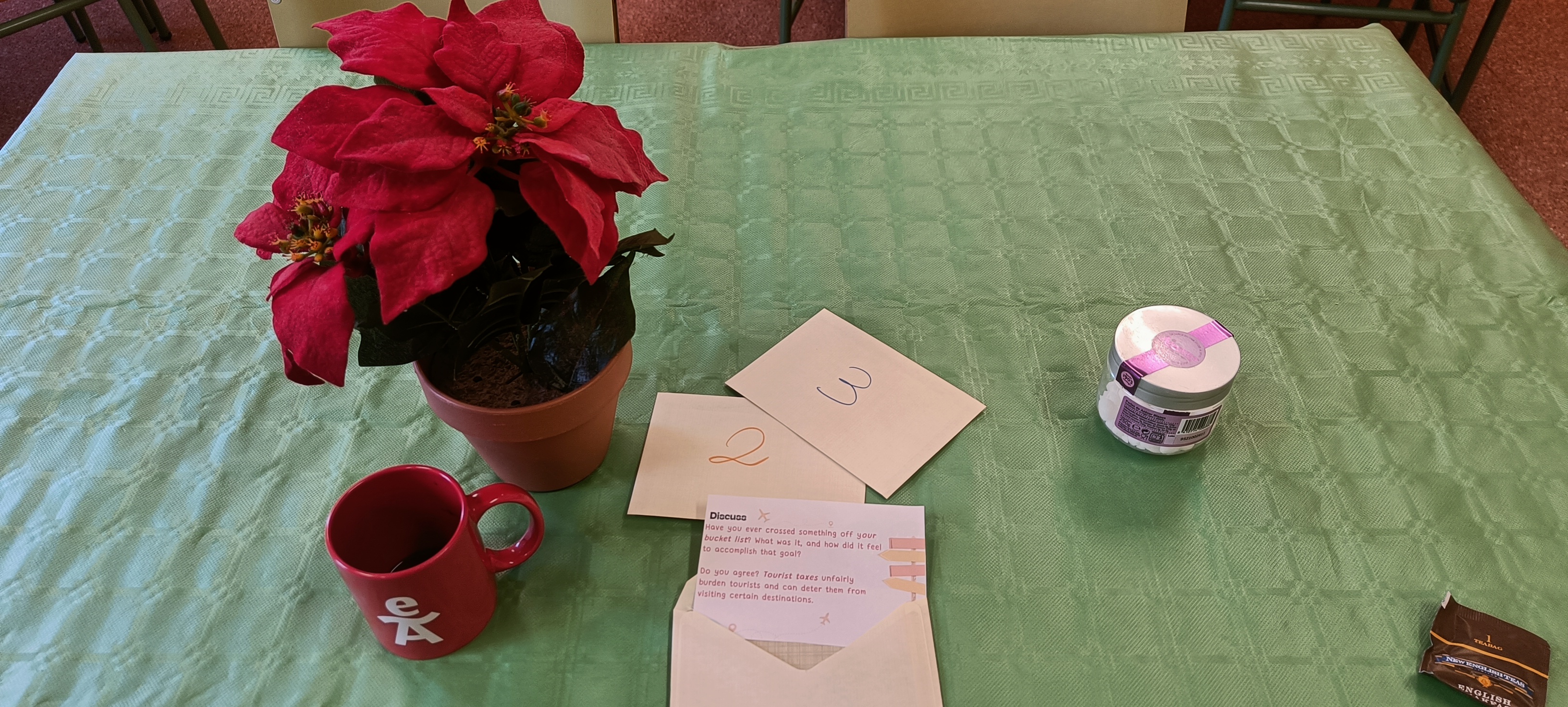
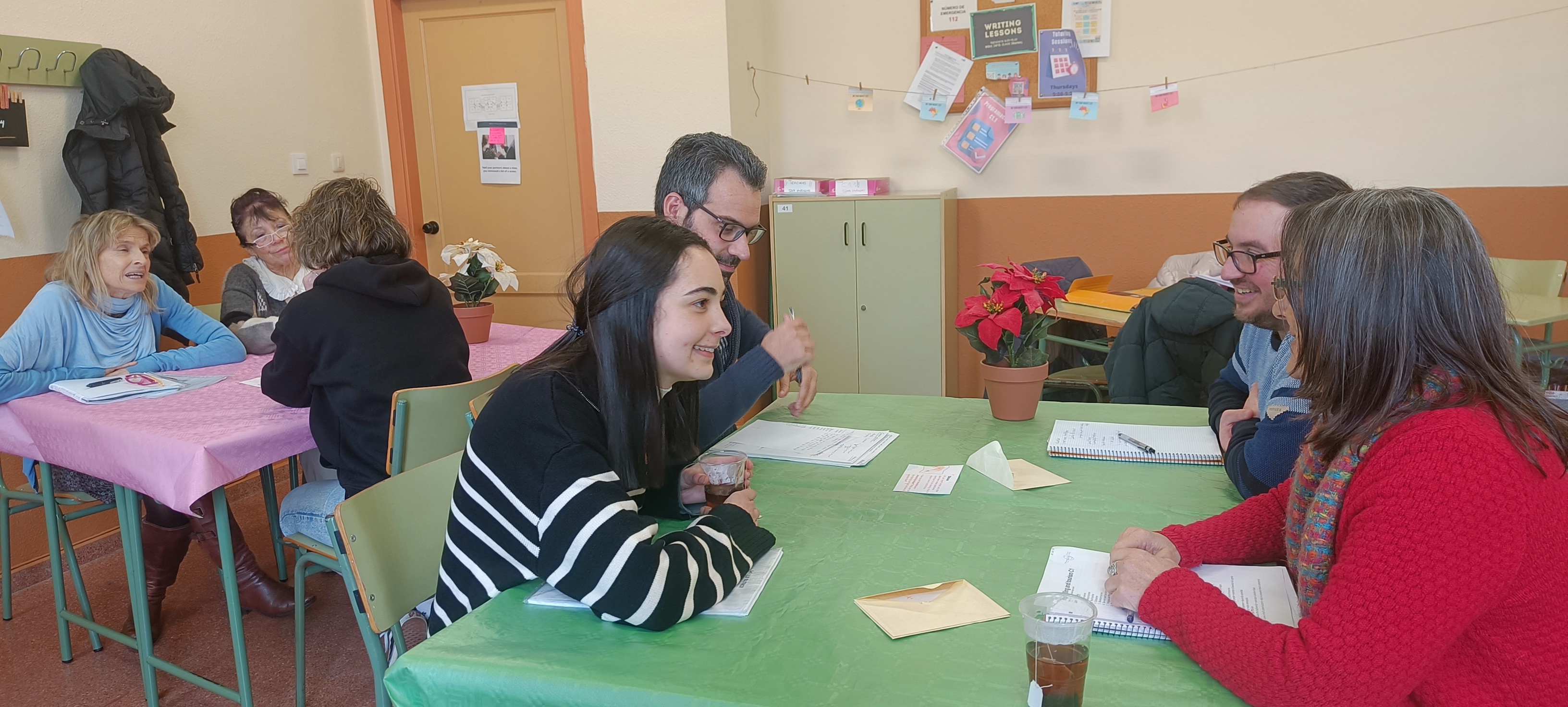
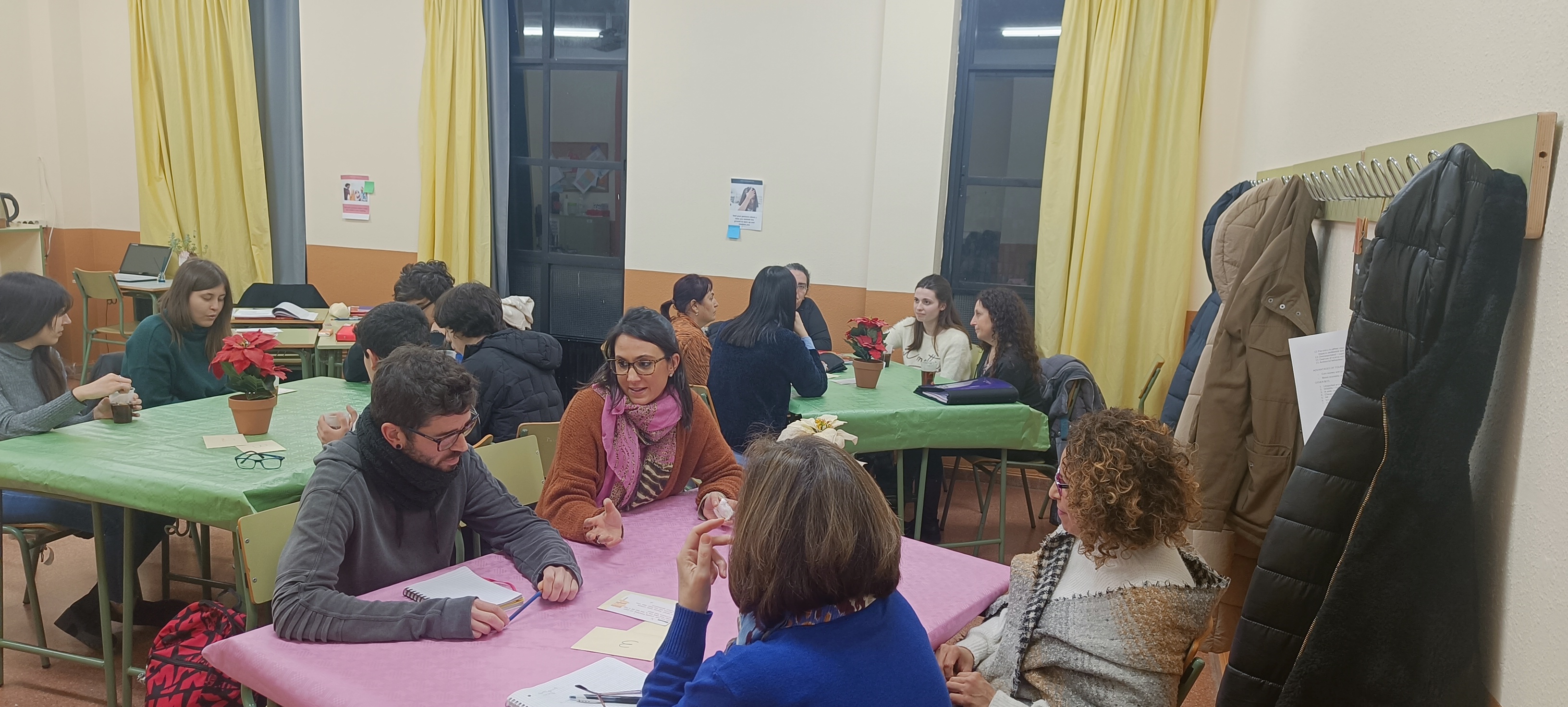
My personal opinion. I think my students loved the activity. I think it helps build a sense of community and offers a relaxing environment to hone their speaking skills.
Negative point: we didn’t have coffee, but we had tea.